Dr. Ramirez attended medical school at the Universidad Autonoma of Guadalajara School of Medicine in Guadalajara Mexico. Dr. Ramirez performed his Neurosurgery training at the National Institute of Neurology and Neurosurgery in Mexico City
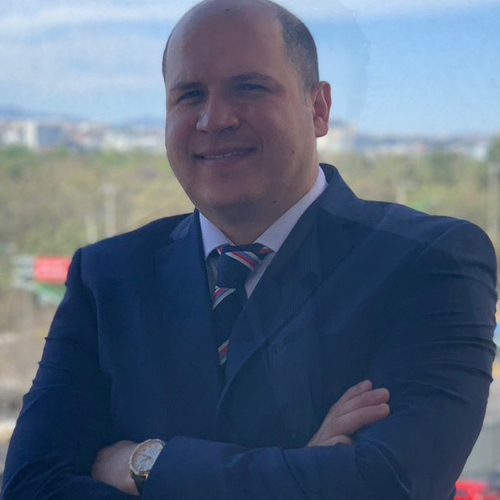
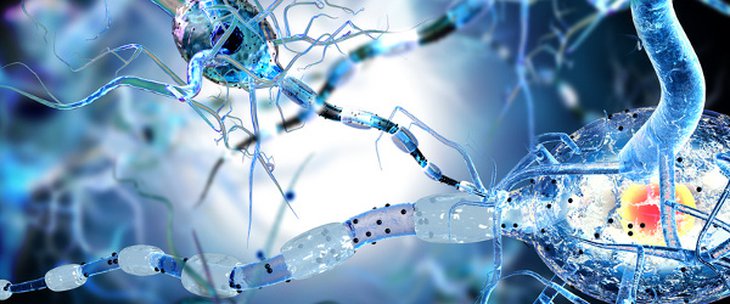
Functional neurosurgery involves the restoration of neurological condition and function. The treatment of chronic neurological disorders involves the use of a variety of techniques, including neuromodulation and deep brain stimulation.
A lthough the main treatment for Parkinson’s is medication, there are some types of surgery available to treat the symptoms of this condition.
lthough the main treatment for Parkinson’s is medication, there are some types of surgery available to treat the symptoms of this condition.
Surgery is generally only used to treat people who have had Parkinson’s for some time and whose symptoms are not managed effectively by medication. It may also be used for people who experience problems with involuntary movements. Not everyone will be suitable for surgery, so you may want to discuss this option with your specialist.
Patients should consider for surgery if they meet the following criteria:
Essential tremor (ET) is the most common movement disorder. It is a progressive, often inherited disorder that usually begins in later adulthood. Patients with ET typically experience tremors when the arms are held up and when the hands are being used for activities like eating, drinking or writing. The tremors also may affect the head, voice, tongue and legs and worsen with stress, fatigue and stimulant medications.
the hands are being used for activities like eating, drinking or writing. The tremors also may affect the head, voice, tongue and legs and worsen with stress, fatigue and stimulant medications.
Essential tremor is thought to be caused by electrical fluctuations in the brain that send abnormal signals out to the muscles. In some patients, tremors can be reduced by weighting the limb, usually by applying wrist weights. In a small proportion of patients, this can dampen down the tremor enough to provide some relief or improve functioning.
The decision to treat with medications is made when the degree of impairment or discomfort outweighs the side effects of treatment. The mainstay medications include beta-adrenergic blockers and anti-seizure medications.
When patients do not achieve satisfactory control of their tremor with non-medical or medical therapies and there is significant functional impairment, surgical options should be considered.
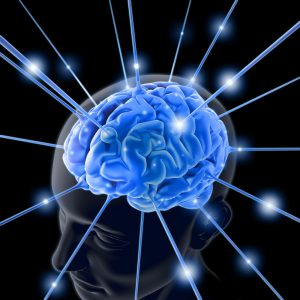 Brain operations to treat various forms of dystonia were first performed 40-50 years ago. The operations involved a precisely controlled lesioning (destruction) of deep structures in the brain involved in movement control.
Brain operations to treat various forms of dystonia were first performed 40-50 years ago. The operations involved a precisely controlled lesioning (destruction) of deep structures in the brain involved in movement control.
In the last years there has been a resurgence of interest in the surgical treatment of dystonia. There are several reasons for this; Techniques for operating on deep brain structures have become much more precise and safe. In addition to the older technique of brain lesioning, there is a new technique, deep brain stimulation (DBS), which involves placing a stimulation electrode rather than performing a brain lesion. DBS can alter the function of abnormal brain tissue in a way that improves movement, but it is reversible if there is an unwanted effect, and it can be adjusted during a routine office visit to optimize the degree of benefit.
Patients should consider surgery for dystonia if they meet the following criteria:
In addition to the above considerations, surgery for dystonia appears to be more effective for certain forms of dystonia than others. Primary dystonia’s (patients without brain abnormality on MRI) are more likely to benefit than those with secondary dystonia (patients with brain abnormalities seen on MRI that are causing the dystonia).

Currently the accepted therapeutic approach to most psychiatric disease involves a combination of psychotherapy, pharmacotherapy and, in some instances, electroconvulsive therapy. However, despite these modern treatment methods, some patients fail to respond adequately and remain severely disabled. Nowadays, only patients with chronic, severe and disabling psychiatric illness that are completely refractory to all conventional therapy are considered for surgery.
Psychiatric neurosurgery involves the surgical ablation or disconnection of brain tissue with the intent of altering abnormal affective and behavioral states caused by mental illness. It is classified as a functional neurosurgical procedure because it attempts to improve or restore function by altering underlying physiology.
There is general agreement that patients with these conditions are the best candidates for surgery:
Although many psychosurgical techniques have been used in the past, different procedures have evolved as the safest and most effective. These are all performed bilaterally under modern stereotactic conditions to allow for precise identification and accurate lesioning of the target structures. All forms of these modern procedures seem to be safe and well tolerated with few side effects or complications.

Dr. Ramirez attended medical school at the Universidad Autonoma of Guadalajara School of Medicine in Guadalajara Mexico. Dr. Ramirez performed his Neurosurgery training at the National Institute of Neurology and Neurosurgery in Mexico City
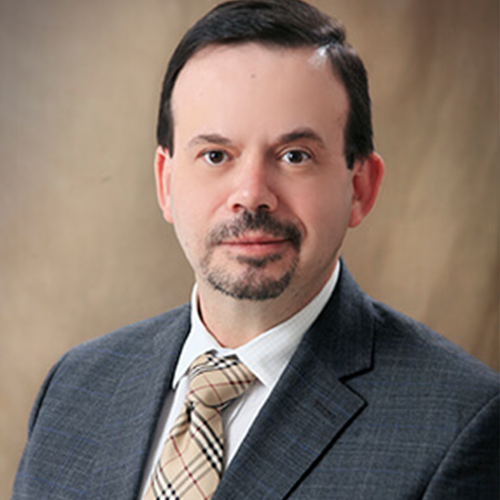
Dr. Ramiro Pérez attended medical school at the University of Guadalajara School of Medicine in Guadalajara México. Dr. Pérez performed his Neurosurgery training in Centro Medico Siglo XXI IMSS and has been practicing his specialty for more than 13 years.
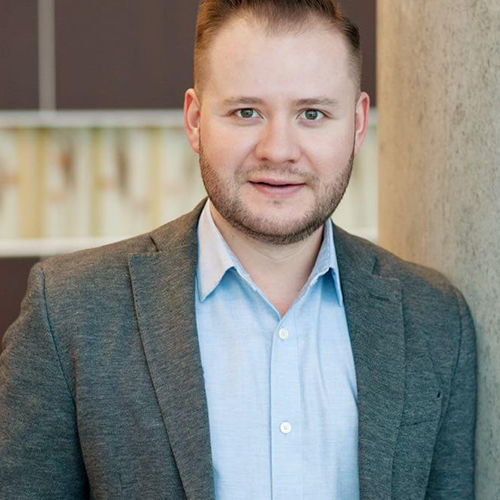
Dr. Nares attended medical school at the University of Aguascalientes, He is trained to perform anterior and lateral approaches to the spine from the cervical to the lumbar spine, as well as minimally invasive surgery.

Dr. Luis Robles has been practicing neurosurgery specialty for 20 years. Dr. Robles is academically active, he participates as a section editor in the World Neurosurgery journal and he has published several articles in different neurosurgery international journals.

